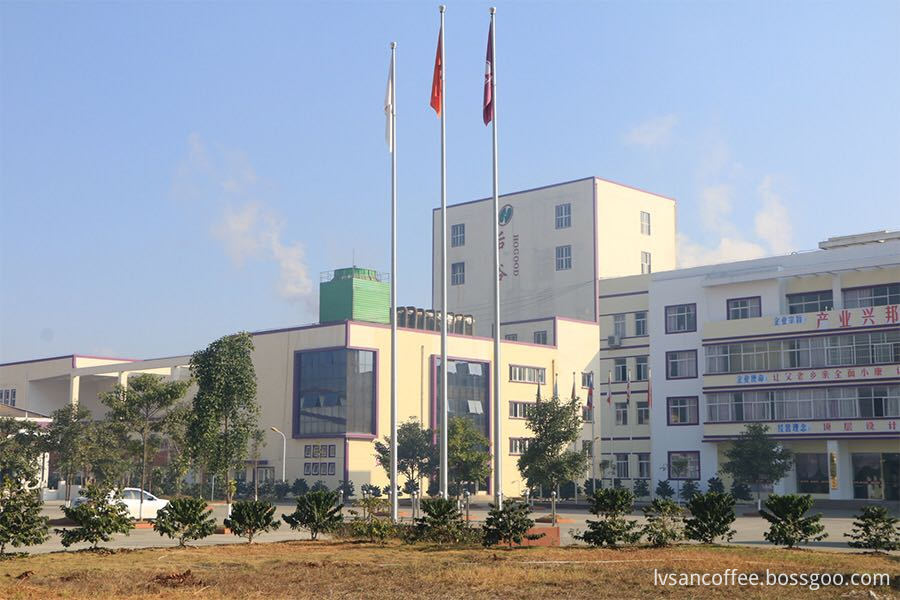Here mainly introduces non-nutritive additive feeds, including antibiotics, enzyme preparations, micro ecological preparations, insect repellent health care agents, feed preservatives, and attractant seasonings. 1. Antibiotics Antibiotics are mainly used to prevent diseases, promote animal growth and improve feed efficiency. Antibiotics commonly used in pig diets include olaquindox, zinc bacitracin, colistin sulfate, super large fat, aphanoic acid, tylosin, oxytetracycline, chlortetracycline, flavomycin, bamboo Mycophenolate, penicillin, etc. In addition, sulfonamides, high copper and organic arsenic also have antibacterial and growth-promoting effects. 2. Enzymes Enzymes used as feed additives can help animals make better use of protein, starch, fat, and cellulose in feeds. These include proteases (pepsin, trypsin, etc.), amylases (with-amylase, -amylase, and pullulanase), cellulases, trypsin, saccharolytic enzymes (lactose-degrading enzymes, and -glucose) Enzymes) etc. Enzyme preparations can promote growth and improve feed digestibility. Due to the poor weaning stress and digestive function of young pigs, the effect of enzyme preparations is more pronounced. Collier and Hardy (1986) reported that adding diets containing individual proteases, -amylases, and glucanases, to diets fed on corn, wheat, and beancake meal to weaned piglets can significantly increase daily gain. And feed efficiency. 3. Microecological preparations The current addition of microecological preparations to compound feeds mainly refers to beneficial microorganisms or oligosaccharides that have regulatory effects on intestinal microbes. Microorganisms mainly include: Lactobacillus, Streptococcus, Bifidobacterium, some Bacillus, Yeast, non-toxic Enterobacteriaceae and enterococci. 4. Insect repellent health agents include yosmycin A, hygromycin B, amilolum hydrochloride, salinomycin and the like. 5. Acidifiers Acidifiers are mainly used to alter the performance of early weaned piglets, and the effects of citric acid and fumarate have been affirmed. 6. Antioxidant and preservatives Unsaturated fatty acids in diets are most likely to be degraded by the oxidized surface leading to the destruction of vitamin A, vitamin D, and vitamin E. To prevent oxidative deterioration of the feed, antioxidants are added to the feed. Commonly used antioxidants are ethoxyquin, dibutylhydroxytoluene (BHT), dibutylhydroxyanisole (BHA). Vitamin E and ascorbic acid are also commonly used as feed antioxidants in foreign countries. 7. Appetizing flavoring agents have aroma and attractant effects, can increase animal appetite and increase feed intake. Such as monosodium glutamate, saccharin, various flavoring agents. 8. Dispersant, also known as anti-caking agent, especially salt and urea most likely to absorb moisture and agglomeration, feed or additives to add a small amount of dispersing agent can play anti-caking effect. Commonly used dispersing agents include calcium silicate, calcium stearate, silicon dioxide, sodium aluminum silicate, zeolite powder, and the like.
100%Robusta Instant Coffee and 100%Arabica Instant Coffee
100%Robusta Instant Coffee:3IN1 Coffee and milk tea has mellow stranger flavor;
100%Arabica Instant Coffee: The flavor is sweet and soft. It is a High quality raw material of black coffee.
Product features:
1. Special large package for industrial raw material sales;
2. 100% pure coffee;
3. Good instant solubility;
4. Unique aromatic oil recovery device to maintain the flavor of coffee to the greatest extent;
5. Stable raw material origin and long-term supply
Spray Dried Coffee,Spray Dried Coffee Powder,Spray Dried Instant Coffee,Spray Dried Instant Coffee Powder Yunnan New Biology Culture Co,.Ltd , https://www.lvsancoffee.com